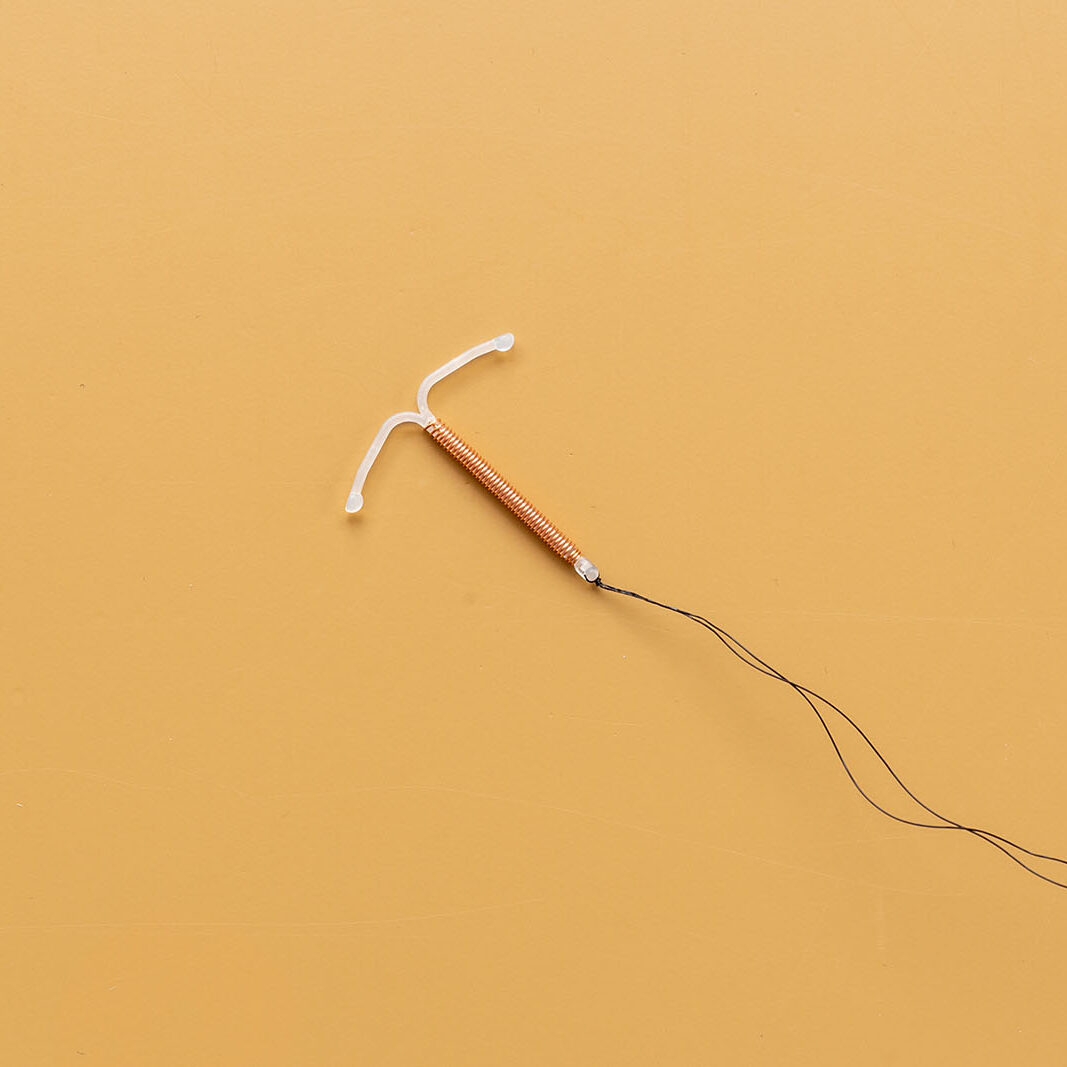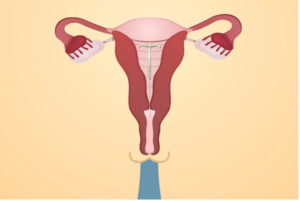Coils IUS & IUDs
Coils are a method of contraception. The coil is placed in your uterus. It is just as reliable in preventing pregnancy as the pill.
How do coils work?
A doctor puts the coil into your uterus. It can stay there for several years. A coil protects against pregnancy. There are 2 different types:
- IUS (intrauterine system – a hormonal coil): the hormones in an IUS prevent pregnancy for 5 years.
- IUD (intrauterine device – a coil): the IUD contains copper and that prevents pregnancy. An IUD doesn’t contain any hormones. It prevents pregnancy for 5-10 years.

Which kind of coil should you choose?
Take a look at the following list of advantages and disadvantages and discuss them with your doctor or ask the Public Health Nurse for advice.
Advantages:
Both:
- Very reliable: you can’t forget a coil like you can forget the pill.
- You only need to think about it once every 5-10 years.
- A coil is even reliable if you vomit or have diarrhea.
- Nobody can tell that you are using contraception.
IUS:
- Your period is usually shorter, lighter and less painful. Sometimes your periods stop completely.
IUD:
- If you do not want to take hormones, a coil that releases copper is a good option.
Disadvantages:
Both:
- A doctor has to insert it.
- Insertion can be a bit painful.
- Some women have side effects.
- You can’t plan or postpone your period with a coil.
- A coil does not protect against STIs.
- If you use a menstrual cup, you’ll need to release the vacuum before you take it out of your vagina. Otherwise, the coil might come out.
IUS:
- You may have irregular bleeding or spotting.
- Some women have side effects.
IUD:
- Your period might be more painful and you may also have slightly more bleeding than before you had the coil.
Are there any side effects?
With an IUD, your period might be a bit more painful. You may also bleed slightly more.
When you first have an IUS, your body has to get used to the hormones the coil contains. Possible side effects are:
- Irregular blood loss
- Headaches
- Acne
- Hair loss
- Painful breasts
- Low moods
- Weight gain
Usually, the side effects disappear after a couple of months. If you’re having trouble with side effects, get in touch with your doctor.
Reliable
In theory, a coil is just as reliable as the pill. But actually, the coil is more reliable, because you don’t have to think about it all the time. That’s what makes the pill riskier, having to remember to take it every day.
Is your coil in place?
If you have a coil, you might wonder whether it’s still in place. Use your finger to check whether you can feel the threads. Aren’t you sure if you can feel them? Then use condoms for sex, just in case, and make an appointment to see your doctor so that they can check the coil for you. Also, if you have a coil and get unexpected, heavy bleeds contact your doctor.
How to go about it
- First decide which kind of coil you want: an IUS with hormones or an IUD with copper.
- Make an appointment your doctor. They will insert the coil into your uterus.
- You can leave the coil in place for 5-10 years.

When do you run the risk of pregnancy?
- If you were too late getting a new coil inserted (how often you have to do that depends on the type of IUS or IUD – it may be 5 or 10 years).
- If you have abdominal pain, but haven’t had your coil checked. Very rarely, an IUS or IUD is rejected by your uterus. In that case, it’s no longer reliable.
Where can you get a coil?
Your doctor at Saba Cares can fit an IUS or IUD.
STIs
Remember a coil doesn’t protect against STIs. To prevent STIs, you should use condoms.
